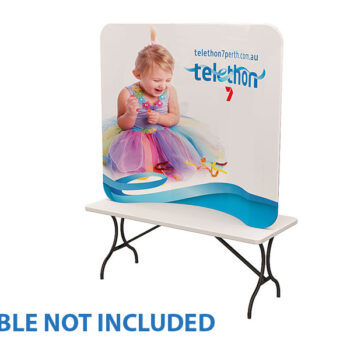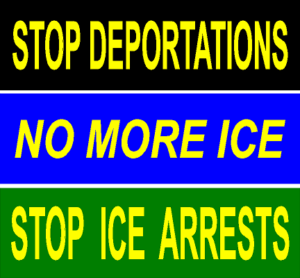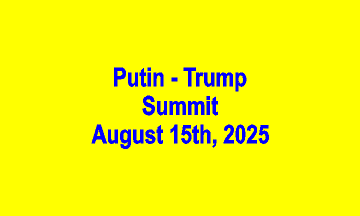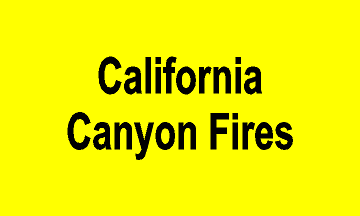Chicago Immigration Riot Signs and Banners: Voices in Protest
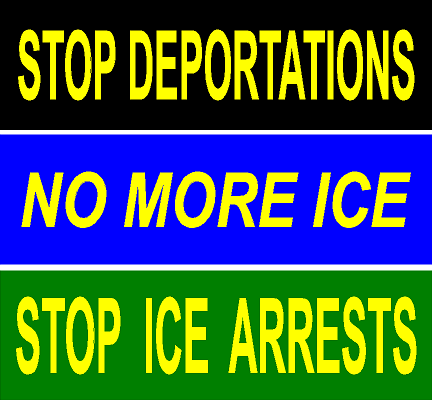
Chicago Immigration riot signs and banners are popular at Chicago protests. Chicago has always been a city of voices. Immigrant communities have shaped its neighborhoods for generations. During immigration riots, these voices found form in signs and banners. The streets transformed into a canvas of demands, hopes, and frustrations. Handwritten slogans filled the air with urgency. Colorful banners stood as acts of resistance. Each message aimed to be seen, to be read, and to be remembered.
Some signs bore calls for justice in bold red letters. Others pleaded for family unity and human dignity. Protesters didn’t just carry signs—they carried personal stories. These visuals gave identity to struggles that laws often erase. The signs demanded attention from passersby, police, and politicians alike.
Artists from local communities helped design many of these protest visuals. They used cultural symbols to amplify their message. Flags, fists, hearts, and maps merged with messages of freedom. It wasn’t just about protest—it was about pride and power.
Marchers lifted their signs high, even in rain or tear gas. That determination made banners more than decoration. They became shields, statements, and sometimes, sparks.
Language, Symbols, and Strategy of Chicago Immigration Riot Signs and Banners
Riot signs speak more than one language. In Chicago’s immigration protests, English, Spanish, and Polish often filled poster boards. Some banners mixed all three. That multilingualism mirrored the diversity of those on the front lines.
Strategic use of language helped the message reach a wider audience. Some slogans quoted U.S. founding documents. Others used pop culture to connect across generations. Humor softened serious demands. Rhymes helped chants catch fire.
Color choices weren’t random either. Red stood for anger, sacrifice, and urgency. Blue often represented peace and legality. Black-and-white signs stood out for their stark simplicity. Some banners were hand-drawn overnight. Others were printed en masse by advocacy groups.
Visual symbols added layers of meaning. Chains symbolized detention. Butterflies, a common migration symbol, represented transformation and hope. Raised fists echoed civil rights protests of the past.
These banners were not just tools—they were tactics. Protest organizers often used larger banners to lead marches. Small placards circulated among the crowd to reinforce unity.
Sign-making workshops became community rituals. Families, youth groups, and churches came together to create protest art. These spaces built momentum and encouraged participation.
Historical Roots of Protest Art in Chicago
Chicago has a rich history of protest imagery. From labor strikes in the 1800s to civil rights marches in the 1960s, signs played key roles. Immigration riots followed that same tradition. Protesters borrowed and reimagined designs from past movements.
During the 2006 immigration rallies, signs read “We Are America.” That echoed slogans from earlier labor rights protests. By using familiar phrases, protesters connected present-day issues to historical struggles.
Archival photos show that protest signs haven’t changed much in purpose. They still aim to inform, inspire, and unite. What has changed is the way people make and share them. Social media now spreads banner designs before the first chant begins.
Artists in neighborhoods like Pilsen and Little Village have long fused political art with public space. Murals on walls inspired banners in marches. Protest signs then returned those visuals back into the streets.
That circular flow made messages hard to ignore. A slogan painted on a banner one day might be a mural the next. This created a visual ecosystem of resistance.
These signs reminded both protesters and onlookers: immigration is not just a legal debate—it’s a human issue.
Confrontation, Courage, and Creativity
Riot signs often faced destruction. Police sometimes tore them from protester hands. Others were trampled in clashes. Despite this, people kept bringing them. The risk made their presence even more powerful.
Banners sometimes became flashpoints. Large signs could block police lines or shield injured protesters. In some cases, banners declared sanctuary zones within the crowd.
Creative tactics kept signs in play. Protesters used bedsheets when poster board was banned. Children drew messages on cardboard food boxes. Any surface became a canvas.
Even the act of holding a sign required courage. It exposed the person behind it. In many cases, those people were undocumented or had undocumented loved ones. Holding a sign was both a right and a risk.
Protesters often wrote messages directly tied to their identities. Signs like “I Am a Dreamer” or “Don’t Deport My Dad” brought emotion to the protest. These weren’t abstract slogans—they were declarations.
In those tense moments, banners became lifelines. They reminded people what they were fighting for. They gave the voiceless a way to speak loudly.
Chicago’s riot signs told the truth—even when it hurt.
Memory and Meaning Beyond the March
Long after the chants fade, signs remain. Some are stored in archives and museums. Others are pinned on the walls of community centers. They serve as visual records of collective action.
Each sign carries a timestamp. Its message reflects the laws, fears, and hopes of that moment. Looking at them years later tells us how far we’ve come—or how far we still need to go.
Photographers often capture these banners during protests. These images become lasting witnesses to the energy and emotion of the day.
Some signs go viral. A clever phrase or powerful image might circle the globe within hours. Digital platforms extend the life and reach of these messages.
Protest art inspires new generations. Young activists look to old signs for ideas and motivation. Repetition of slogans keeps the memory alive.
Schools and educators sometimes use these visuals in lessons about civil rights, immigration, and civic duty. Banners from immigration riots have entered textbooks and documentaries.
What started as a handmade protest sign often becomes a symbol of a larger movement. That’s the power of protest art.
Chicago’s immigration riot banners are more than just cardboard and paint. They are history in motion.
Final Thoughts
Signs and banners are not just accessories to protest—they are protest. In Chicago’s immigration riots, they carried voices across barriers. They transformed silence into slogans and fear into courage. Each banner waved was a declaration: “We are here, and we matter.”


